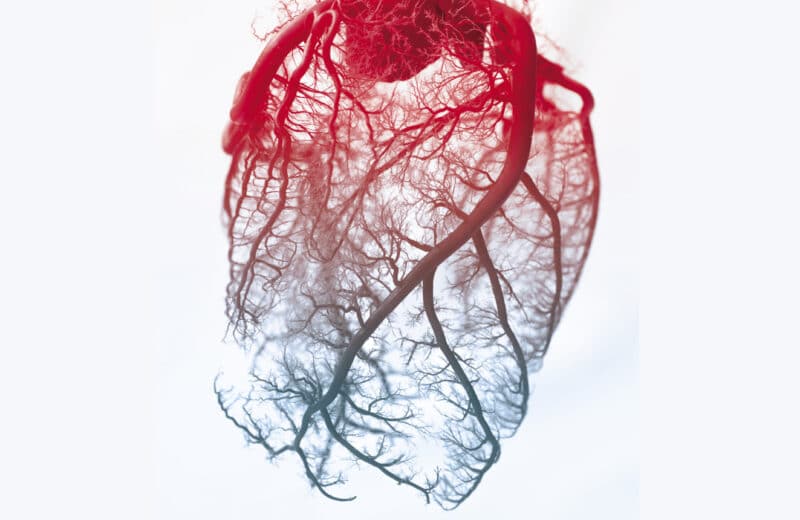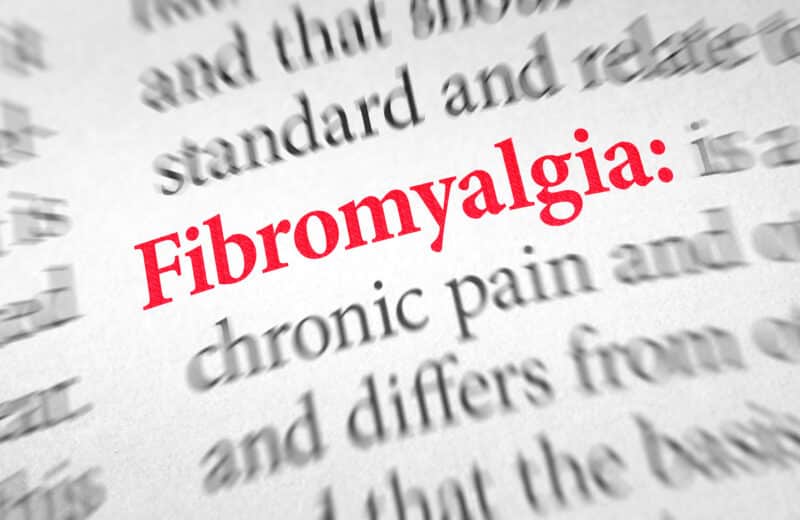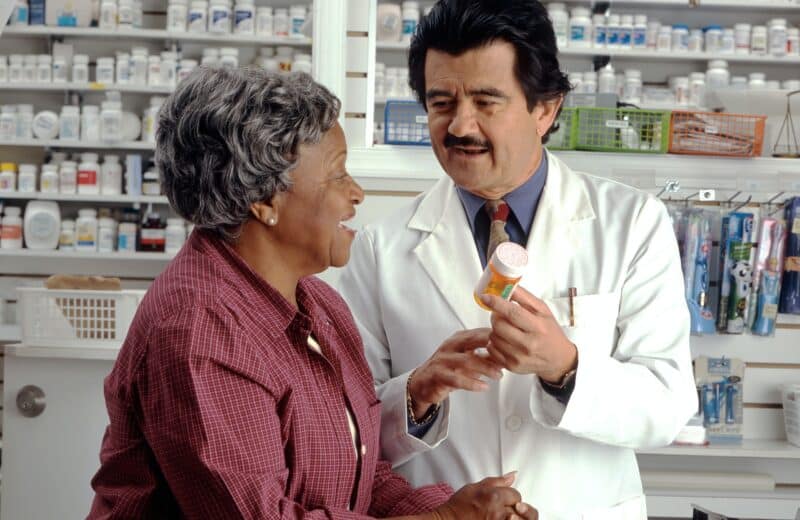DEAR MAYO CLINIC: A family member had a stroke a month ago. I’m 45 years old, and I maintain a healthy lifestyle with regular exercise and a good diet. What steps can I take to make sure this doesn’t happen to me?
ANSWER: A stroke occurs when the blood supply to part of your brain is interrupted or significantly reduced, depriving brain tissue of oxygen and nutrients, and causing brain cells to die.
Stroke has several common causes. A frequent cause is narrowing of the arteries in the neck — the carotid arteries — that carry blood to the brain. This narrowing occurs due to fatty deposits in those arteries. A tear or injury in the wall of a blood vessel, certain heart conditions and blood clotting disorders also can result in strokes, particularly in younger people. If any of these conditions are identified, treatment and prevention should be targeted to that particular condition.
In some conditions, the optimal approach to stroke prevention is not certain. For example, many people have narrowing of the carotid artery, but they are asymptomatic.
Mayo Clinic is leading a multicenter study looking at the best treatment for this issue. This study, the Carotid Revascularization and Medical Management for Asymptomatic Carotid Stenosis study, or CREST-2, seeks to identify best treatment for stroke prevention in those who have carotid artery narrowing without symptoms. To date, more than 1,800 participants have enrolled.
For about 35% of people who have a stroke, a specific cause can’t be identified. This is called a cryptogenic stroke. If this is your situation, the goal should be to work with your primary care physician or neurologist to pinpoint any stroke risk factors you have that can be modified, and reduce your risk in those areas, if possible.
Some stroke risk factors cannot be changed. For example, gender, ethnicity, age, and family medical history all play a role in stroke risk. Men are more likely than women to have a stroke. Asians and African Americans are also at increased risk. After age 55, your stroke risk doubles each decade.
Focusing on modifiable stroke risk factors can have a big impact. For instance, a variety of treatable medical conditions can significantly affect your stroke risk. People who have high blood pressure, high cholesterol. or uncontrolled diabetes are at increased risk for stroke. If you have any of these conditions, talk to your healthcare provider about developing an effective treatment plan. If you have elevated levels of low-density lipoprotein, also called LDL or “bad” cholesterol, for example, taking a statin drug may lower not only your cholesterol, but also your stroke risk.
In addition to managing any underlying medical conditions, lifestyle choices can help. You mention that you exercise regularly and eat a healthy diet. Both are important. Exercise can lower your blood pressure, increase your level of high-density lipoprotein, or HDL or “good” cholesterol, and improve the health of your blood vessels and heart. It also can help you lose weight, control diabetes, and reduce stress. A good goal is to participate in at least 30 minutes of moderate aerobic activity most days.
A diet high in fruits and vegetables, and low in cholesterol and saturated fat, can reduce your stroke risk, as well as help you maintain a healthy weight. That’s important, because being overweight contributes to other risk factors for stroke, such as high blood pressure, cardiovascular disease, and diabetes. Other stroke prevention lifestyle changes you can make include quitting smoking and keeping alcohol intake to less than one to two drinks per day.
Depending on your medical history, preventive medications also can be appropriate. Anti-platelet drugs, such as aspirin or clopidogrel (Plavix), can make your blood less likely to form clots. Anticoagulant medication, such as heparin or warfarin, can help prevent strokes if you have certain heart problems or a blood clotting disorder.
The bottom line is that you can take steps to reduce your risk of stroke. But the specific measures that are right for you depend largely on your medical history. Talk to your healthcare provider about the stroke prevention approach that best fits your situation. — Kevin Barrett, M.D., Neurology, Mayo Clinic, Jacksonville, Florida












